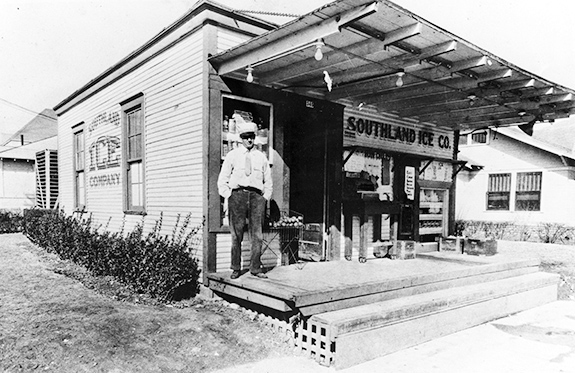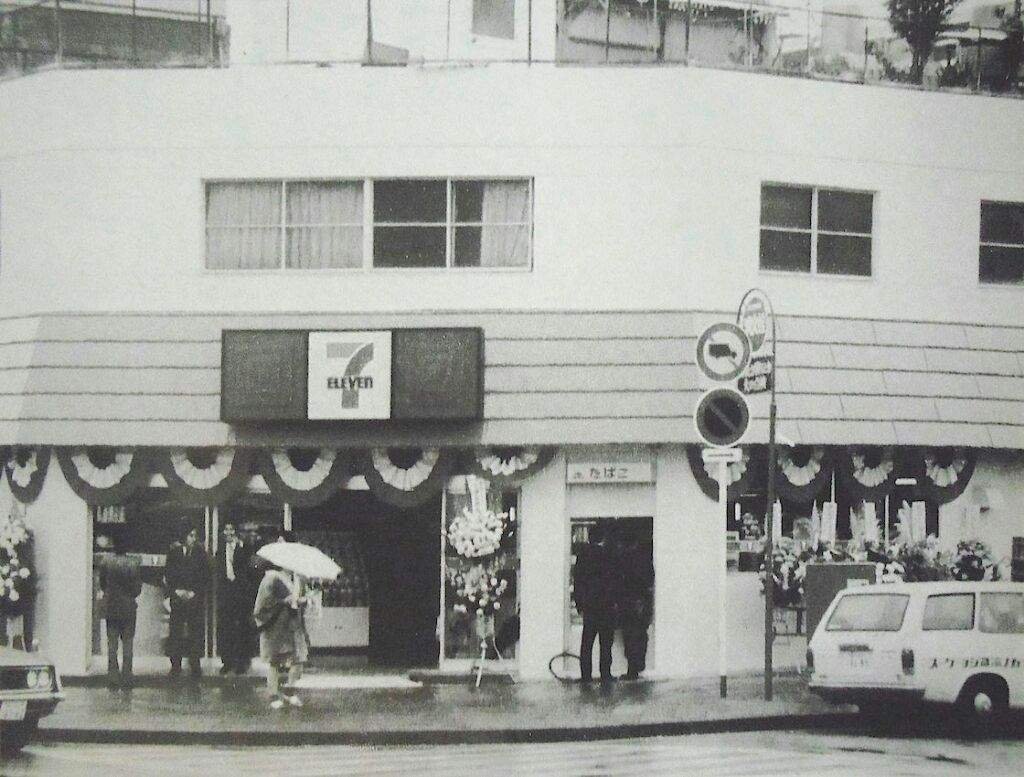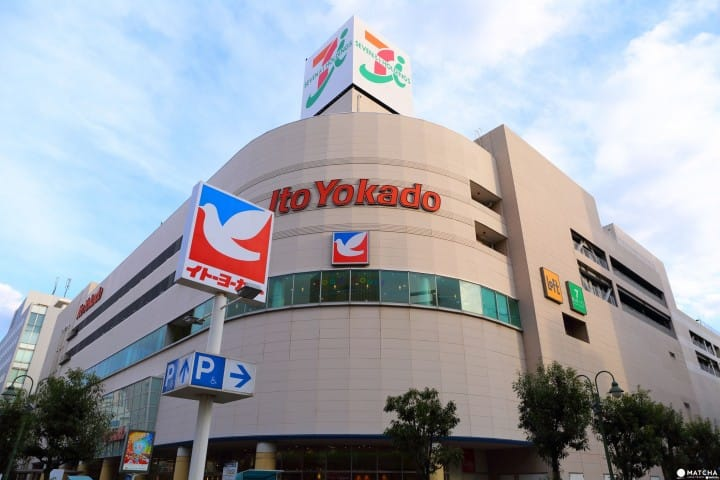
You’ve probably seen plenty of 7-Eleven stores all over Singapore. Some of you may know the brand as an American chain when it arrived in Singapore way back in 1983. But if you walked into any 7-Eleven store today, you’ll notice that they stock a lot of Japanese items, from onigiri to Japanese beers and snacks.
In order to understand its Japanese influence, we have to go way back to the 1920s to Texas and Tokyo. Two entrepreneurs started two very different businesses: one was an ice business in Texas, USA, and the other was a clothing shop in Tokyo, Japan.
That ice business evolved to become 7-Eleven, and the clothing shop became one of its franchisees in Japan. Fast forward to the early 2000s, and 7-Eleven went bankrupt, and was saved by its Japanese franchisee. Here’s their fascinating history:
From ice to 7-Eleven
Before refrigerators existed, people in the US would buy blocks of ice to put next to their food so it kept cold. This was what inspired Joe Thompson to open “Southland Ice Co.” in 1927 in Dallas, Texas as an ice and drinks stand. The company eventually started selling food items, making them the first ever convenience store, selling basic items such as eggs, milk and bread, to a wide variety of products and services.

In 1946, Southland rebranded to 7-Eleven to reflect the company’s new extended hours, from 7am to 11pm, seven days per week. It was a big deal at the time, because it was right after WWII. Even after it introduced its first 24-hour store in the early 1960s, it kept its name.
Fun fact: the infamous Slurpee was accidentally invented by a Dairy Queen franchisee who put a soda in his freezer for too long. Customers loved it, so he built a machine that could make them. 7-Eleven licensed the machine in 1965, and the rest is history.
After starting franchising in 1964, they went public in 1972 to further their expansion plans. Looking to expand globally, 7-Eleven had their sights set on Asia.
Japan and 7-Eleven
Halfway around the world, a Japanese entrepreneur named Toshio Yoshikawa opened “Yokado Clothing Store” back in 1920. After setbacks during WW2, he rebuilt the business with the help of his ambitious nephew named Ito. By 1972, their stores diversified beyond clothing, so they renamed their store to “Ito-Yokado”, and listed it on the Tokyo Stock Exchange.
With their vast retail experience in Japan, Ito-Yokado acquired the franchisee rights for 7-Eleven for Japan in 1973. The first 7-Eleven in Japan opened in 1974.

Ito invested heavily into a computerised point of sales (POS) system to integrate into the stores. The success of this led to more efficient product placement, inventory management, and waste reduction. Japan’s 7-Eleven grew to 1,000 stores by 1980, hitting 9 billion yen in revenue by 1988.
The fall of 7-Eleven USA
In the US, 7-Eleven was having success as well. They had 5,000 stores by 1974, and even acquired a number of other companies like Chief Autoparts and Citgo Petroleum. Things seemed to be rosy for Southland, but in the late 1980’s, corporate raiders attacked.
The 1980s was the heyday of hostile takeovers, but the Thompson family refused to sell. Instead, they took on US$3billion in debt to go private by buying out public shareholders just before the 1987 stock market crash. They then sold hundreds of stores and other assets to try and relieve debt.
But after losing US$1.5 billion via interest payments on their junk bonds, Southland went bust in 1990.
How 7-Eleven revived
It was Ito-Yokado who stepped in to save 7-Eleven. In one fell swoop, they bought 70% of the company with a US$430 million cash infusion, and Southland exited bankruptcy in March 1991. Ito-Yokado’s efficient operations enabled high cash reserves and a high asset to debt ratio since they began in 1974. This prudent management allowed them to gobble up the parent company when the opportunity presented itself in 1990.
Ito-Yokado restructured as “Seven & i Holdings” in 2005 and by 2006, 7-Eleven became its fully-owned subsidiary.
Today, 7-Eleven is the largest retailer by number of locations in the world, from Japan to Australia, Canada, Sweden, and China. To date, there are over 78,000 7-Eleven stores – in comparison, there are 35,000 Starbucks and 40,000 McDonald’s. No other company even comes close.

For anyone who’s been to Japan, 7-Eleven is more than just a convenience store. You can pay bills and taxes, grab cash from an ATM, buy 7-Eleven-branded Japanese food and drinks, buy concert tickets, as well as utilise bathrooms and public WiFi. While we don’t have as many services here in Singapore, you can purchase Japanese snacks and even have draught beer at some 7-Eleven outlets.
Now you know why 7-Eleven now has plenty of Japanese influence, and how a once-franchisee became the owner of the entire chain.










